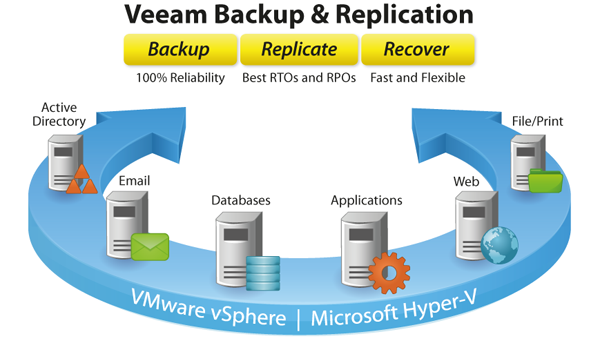

Replication focuses on providing a company with the most up-to-date version of data for the shortest RTO possible. Replication is also a good fit for mission-critical applications that require synchronization of the latest changes. Depending on the purpose of the replication, you may want to use one of the following:
Types of replication:
- Synchronous – replicating simultaneously as the original data is being changed while requiring a confirmation between the original source and the target data
- Asynchronous – replication that does not write to both target and source simultaneously but rather uses snapshots to take a point-in-time copy of the data that has changed and sends it to the recovery site following a specific schedule
- Near-synchronous – replication of only the changed data as it is being changed and not requiring confirmations mentioned in symmetric replication
Replication is most common in mission-critical applications due to good RTO and RPO and its high cost.




